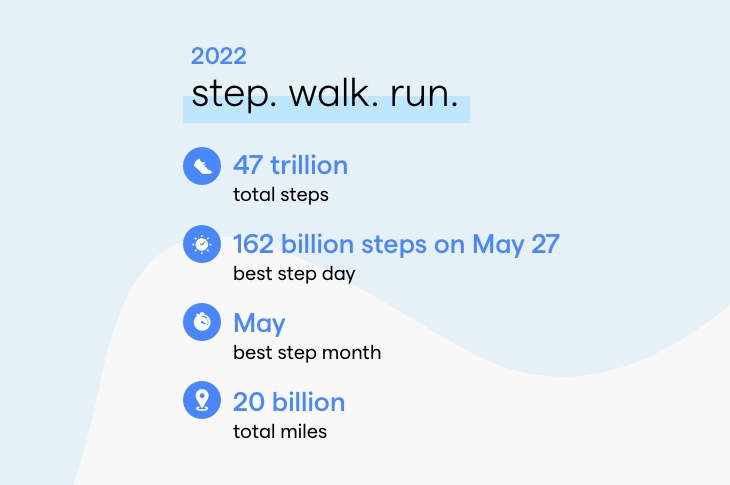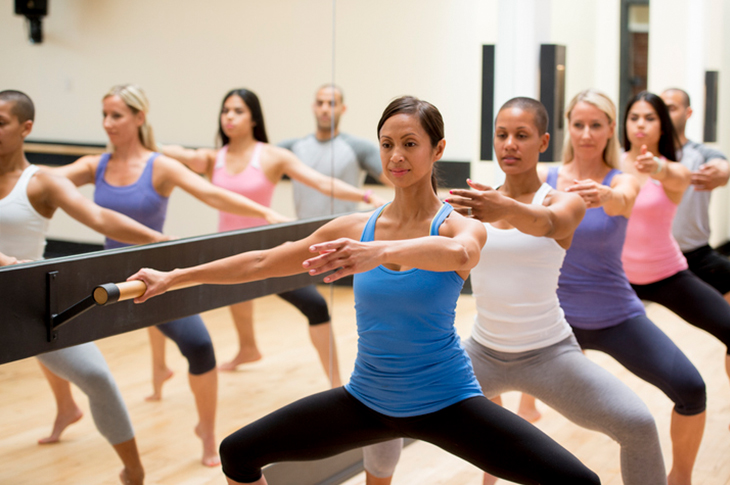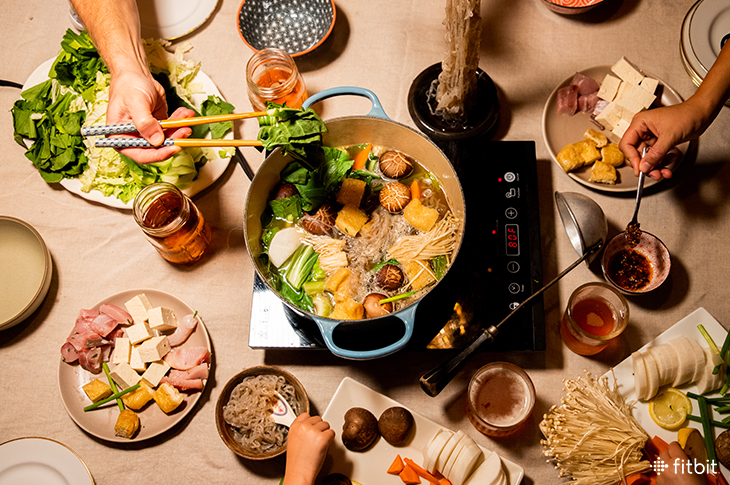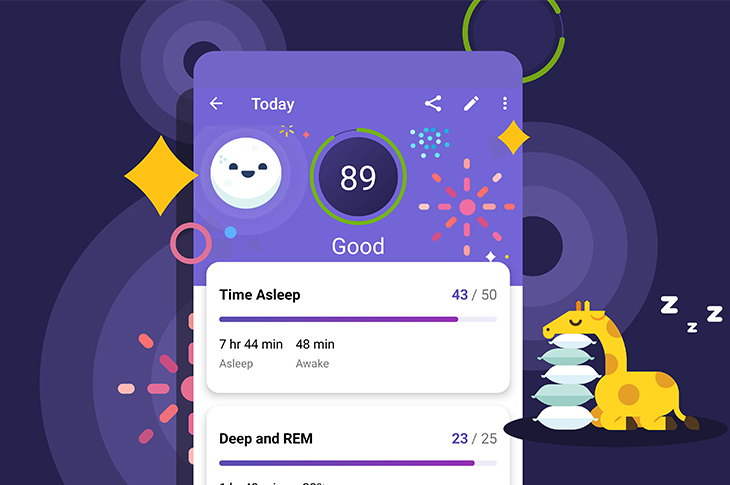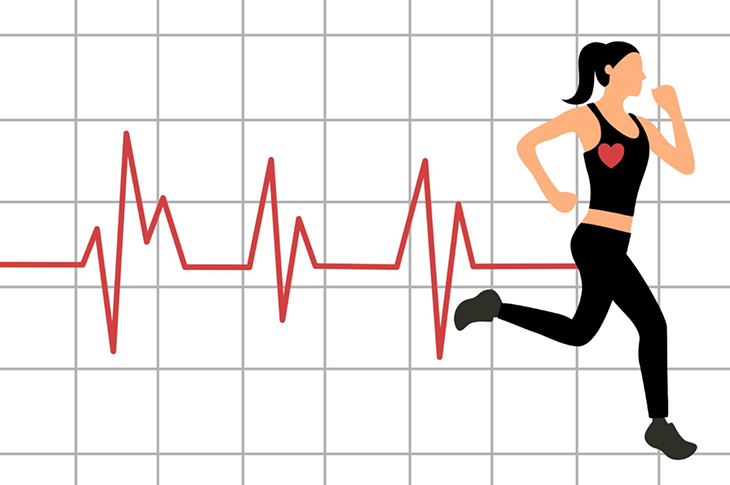Food costs have skyrocketed in the past year, but that doesn’t mean you have to forego healthy eating. With just a little forethought, there are ways to counter this increase. Here are some tips for maintaining a nutritious diet without breaking the bank.
Think ahead
Take inventory. Before heading to the store or submitting your online grocery order, shop for your refrigerator, freezer, and pantry. Take inventory and plan to make recipes using what you have on hand first.
The most important tip is taking inventory and planning your menu accordingly. Have you ever tossed a bag of soggy spring salad mix? Welcome to the club! It’s happened to most of us at some point, but that’s throwing money away.
Prioritize perishables. Take care to use up fresh produce like spinach or other greens that tend to spoil quickly. Toss greens into a soup or pasta sauce to use them up and simultaneously add a nutrient boost to your meals. Check the expiration dates for perishables like yogurt and create meals around those foods first. For example, you might use up yogurt in breakfast parfaits for the family.
Planning your meals, starting with what you have on hand, helps reduce waste and therefore save money. But you might also consider changing what’s on the menu altogether.
Eat less meat. Meat is expensive. Beef, chicken, and fish can run up a grocery bill faster than anything else. Adding more protein-rich plants to your plate can help. This can mean using beans a few nights a week instead of meat–and thinking of ways to add more produce to your meals overall. This will automatically help increase your fiber and antioxidant intake.
“The cost of meat and meat products isn’t dropping, so think about incorporating more plant-based foods in your meals,” recommends Sara Haas, RDN, a Chicago-based chef, author, and food photographer. “Whole grains, canned/frozen/fresh varieties of vegetables and fruits, nuts and seeds, beans, and legumes are all great options.”
Though the price of eggs has more than doubled all over the country, eggs are still one of the least expensive sources of protein you can buy. Consider enjoying them for dinner for an inexpensive meal like Eggs in Purgatory. This recipe is made with canned tomatoes and is a great base for adding any vegetables you have in the fridge to use up, such as zucchini, peppers, and spinach.
List it out. Create a detailed grocery list and stick to it. Shop online (if you get free shipping) or go through the store as quickly as possible. Most of us know not to go to the supermarket hungry since that’s a recipe for impulse buys. However, studies show the longer you’re in the store, the more you buy. To save time in the store, organize your list by food aisle or departments to avoid backtracking—and make sure you have a snack before you shop!
Shop smart
Shop the sales–and stock up. Take a few minutes to peruse the weekly online ads for your favorite supermarket. It may help to get the deals delivered to your email as a reminder. Many sales are seasonal, and you might notice how some stores offer similar sales on a monthly cycle. Take note and buy accordingly.
Haas reminds us to check out sale items and develop meals around those foods first.
And don’t forget the staples. “If those shelf-stable basics are on sale, buy extra! Think rice, beans, and canned goods that can last at least one year if not opened,” she advises.
Use coupons wisely. Physical coupons are great but not always available. Clip digital coupons to save time and money at the register—and remember, coupons are only a good idea if you buy food that you will actually eat. Though they exist, there aren’t many coupons for fresh fruits and vegetables or fresh meat, poultry, or seafood. Look instead for deals on frozen or canned produce, yogurt, eggs, and other healthy foods, plus household items like detergent and toothpaste.
Buy in bulk—if it makes sense. This strategy is common, but it only saves money if your family can eat the food before it expires. Large containers of olive oil or nut butter can go rancid and giant boxes of cereal can go stale if not used on time.
Switch things up
Be flexible. If you have a recipe that calls for ground beef, but ground turkey is on sale, substitute ground turkey. There’s a wide range of substitutes that work well. If your recipe calls for chicken breasts but chicken thighs are on sale, consider making the swap. If you’re making stew, baked chicken, or soup, the chicken thighs will add even more flavor to the dish, so don’t be afraid to try something different!
Grow and regrow herbs and more. With fresh water and sunshine, you can grow a variety of foods indoors. We all know how expensive those little packages of fresh herbs can be. You might be surprised at how easy it is to grow them yourself.
Common herbs, including basil, parsley, mint, and oregano, grow in plain water—no soil or potting needed. Simply place the stems of leftover fresh herbs in a jar of fresh water and place them in a sunny area such as a windowsill. Use as needed and refresh the water regularly.
You can also regrow flavor-packed green onions using the same method. Place the white root end in a glass or fresh water and watch them regenerate in seven to 10 days. This is a fun project for kids to manage, but it also saves you from buying green onions again.
Though some of these tips may seem small, it all adds up in the end. Use these tiny tips to save big over time.
The post Combat the Cost of Groceries with a Plan appeared first on Fitbit Blog.



